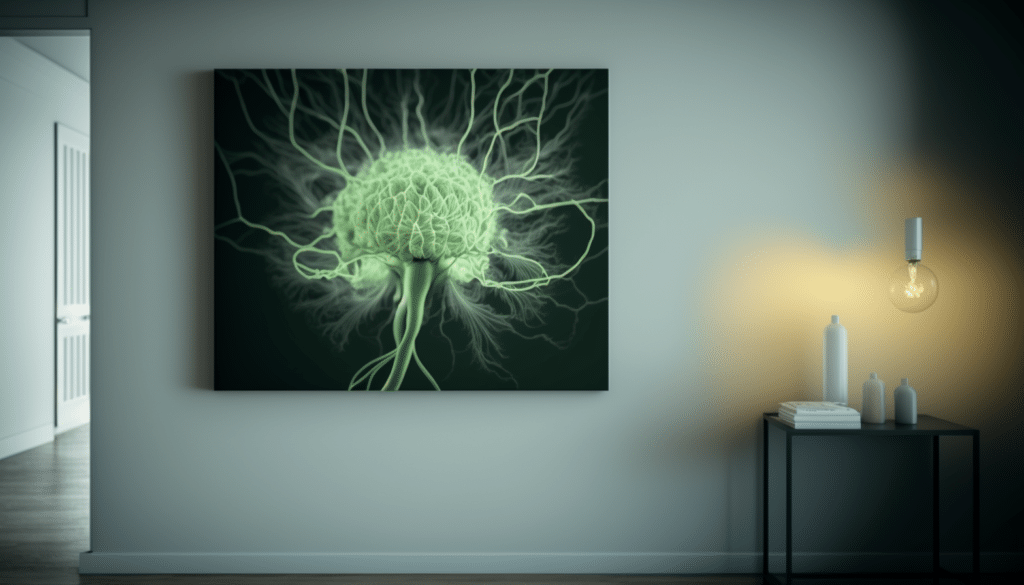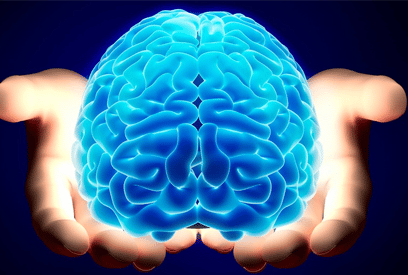In my experience as a Registered Clinical Counsellor here in beautiful Vancouver, BC, Canada, clients have found it helpful to learn about how the brain and mind work so as to better manage the mind. The brain is made up of neurons and glia (support cells). The pattern of connections that neurons have with each other determines, among other things, what our automatic thoughts, feelings, and behaviours are. The strength and type of connections that your neuronal network have can change based on experience. This is called experience-dependent neuroplasticity. This means that what we experience and how we direct our awareness can impact the constellation of our neural network. That said, the lower you go in the brain, the less malleable it is for experience-dependent neuroplasticity.
Concious vs Subconcious Mind
For our purposes, there are two main ways that the brain takes in experiences and sensory information. One route is really fast and happens outside of conscious awareness at speeds of 50 to 90 milliseconds. The second way is slower, conscious, and processes information at 250 to 500 milliseconds. The unconscious way that we take in information and experiences is generalized and negatively biased so as to detect threats. This is for survival purposes so that we can react to possible threats as soon as possible. There is not much context when we initially perceive something and so we tend to see the negative first and make wild associations so we can become aware of possible danger to avoid it.
This works great for life-and-death situations; however, it can be maladaptive when the stresses are not life and death. The same stress response systems activate for physically dangerous situations as well as social and emotional adversity. The difference is a matter of degree as to what extent the stress response is activated. When a person experiences above-moderate anxiety this can impair how well their higher thinking capacities work. The higher thinking capacities can add context and detail to the initial interpretations and expectations from our unconscious processing system. But, when we are stressed, the slow, conscious system doesn’t work as well, so we tend to spiral into negative thinking and broad generalizations which also leads to troubling mind and behaviour psychology.
Neurosequentiality

The route and pattern that sensory information goes in is called ‘neurosequentiality’. This is about the sequential and hierarchical manner that the brain processes what you experience. Experiences are a collection of sensory information. Sensory information first goes through the bottom of the brain (brainstem), then to the diencephalon, then the limbic areas, and lastly the cortex at the top. Each level of the brain needs a different type of treatment to regulate it.
The lower levels need to be regulated first because they can dysregulate higher and more complex areas due to the sequential way that sensory information passes through. If a past experience was traumatic, then this forms a memory at the bottom level, and the brain checks the sensory information coming in for any cues similar to the past experience. If there are similarities, then the alarm system is activated. Using thinking techniques for this would largely be ineffective for regulating the lower levels because the bottom of the brain (brainstem) is regulated through movement and sensory stimulation that is simple, soothing, repetitive, and rhythmic. The next brain region (diencephalon) would require the same types of interventions but at a more complex level. The limbic areas need social and emotional interventions, and lastly, the cognitive areas require more insight and perspective-based ways to regulate them.
Mental Energy and Forming New Neural Connections
Just as physical actions require energy, so does the brain in the form of glucose and oxygen for mental activity as the brain is part of the body as well. The interventions and exercises in counselling will be challenging and energy-consuming. You will literally be creating new neural connections for your mind and behaviour psychology, forming new habits, and changing ways of thinking and behaving. Mentally prepare for this to be challenging just as physical exercise is. It shouldn’t be gruelling, but it should be challenging. This is one of the reasons why counselling often starts with stress and energy regulation. These are the foundations that later sessions build upon. Think of it as building a house where the foundations need to be laid before starting on the higher levels. This is the same approach for counselling. It is important to focus on quality and going slow as this is the best way to learn. Speed and fluidity come after.
Until next time, keep up the excellent work on your journey in counselling or personal growth!




